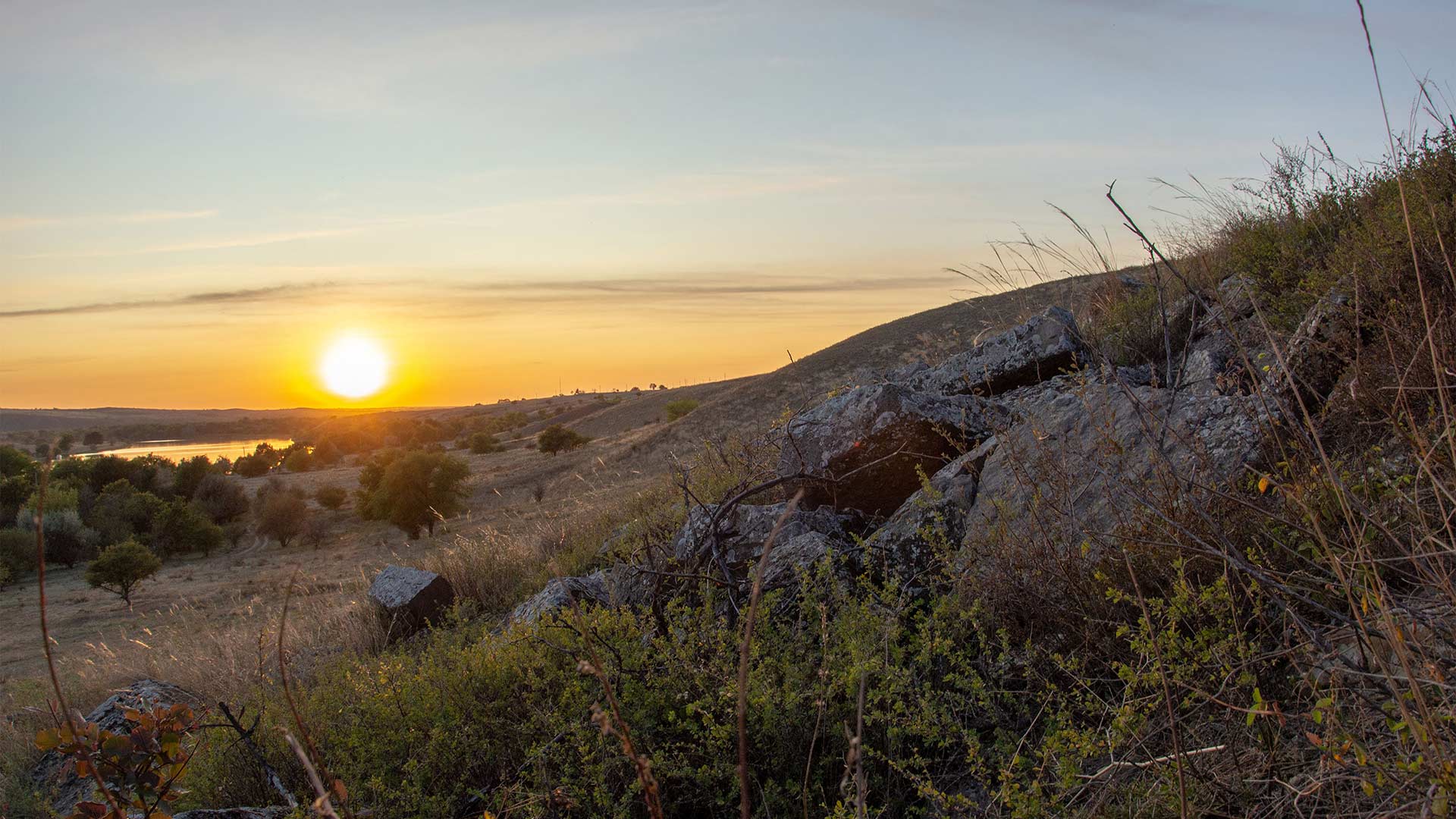
Preserving the spirit of Ghana’s natural and community heritage
In Ghana, local communities and conservationists are working together to create eco-tourism projects to protect the country’s natural environment and traditional customs.

Animal sanctuaries, biodiverse wetlands, and protected forests. Ghana is home to an abundance of natural treasures. Working to preserve these, conservationists and local communities have joined forces with the Ghana Tourism Authority and the Forestry Commission to create eco-tourism opportunities for visitors that support the country’s natural resources in an environmentally responsible and ecologically sustainable way.
While witnessing some of these natural wonders, visitors also have the opportunity to immerse themselves in the customs and traditions of the local communities living in and around these protected areas through day trips and homestays.
Wildlife and homestays in Mole National Park
Consisting of undisturbed savanna with gallery forests fringing rivers and streams, Mole National Park is Ghana’s largest protected area. Covering an area of around 4,500 square kilometers, Mole is home to around 700 plant species, 300 bird species, and around 90 species of mammal, including baboons, warthogs, water bucks, buffaloes, antelopes, and elephants.
The park headquarters offers visitors a variety of safaris, including by foot, bicycle, motorbike, and car. Sightings of elephants are common from December to April and visitors are guaranteed to see other mammals year-round.
For visitors wanting to experience nocturnal wildlife, the Tree Hide—a covered viewing platform attached to a strong tree—offers a special opportunity to stay in the park overnight. It’s a unique experience, giving an insight into a world usually hidden under the cover of night. Listen to a cacophony of animal calls from birds, hyenas, and baboons and watch buffaloes, baboons, leopards, and antelopes at the nearby saltlick – a place where animals lick the naturally occurring salts from the ground.
Visitors can also take a trip to the Kparia Waterfalls (active from January to June) and its surrounding evergreen forest and visit the local community to learn about their farming and weaving traditions. To truly understand Kparian culture, stay overnight in a homestay.
For other homestay experiences, Mognori is a farming village close to the southeastern border of Mole National Park that is rich with the traditions of the Hanga clan. Mognori offers visitors canoe safaris, village tours, and the chance to experience local culture. Some families provide overnight stays, and, during the dry season, visitors can also sleep on top of the mud houses under the stars.
The main hub from which to reach Mole is the town of Tamale, the capital city of Ghana’s Northern Region. Orange Metro Mass buses leave daily heading for Mole Motel. Trips can be arranged from the park office next to the motel.

Biodiversity and stilt homes in Amansuri Wetlands
Located in the west of Ghana, the Amansuri Wetlands is a complex area of peat and mangrove forests, flood plains, and sandy shores lining streams, rivers, freshwater lakes, lagoons, and the ocean. The wetlands are home to a plethora of plant and animal species, around 90 of which are of national and global conservation interest.
The Ghana Tourism Authority, the Nzema Traditional Council, and the District Assembly co-run a project supporting the Nzulenzo village, where visitors can learn about the community’s 400-year history and stay in homes built on stilts on Lake Amansuri. Constructed of wood and raffia, the houses are connected with a walkway and are only accessible by traveling 5km across the lake in a dugout canoe. The best time to visit is during the rainy season (April to September) when the water is high.
For other accommodation and access to the wetlands, visitors should travel to the coastal village of Beyin, about a seven-hour drive from Accra or a two-and-a-half-hour drive from Sekondi-Takoradi, the Western Region’s largest city. Visitors can pick up a trotro—a shared minibus—from the Nzema Station in Takoradi.

Boabeng Fiema Monkey Sanctuary
For generations, the local communities of Boabeng and Fiema in central Ghana have believed that the native monkeys are sacred and have prohibited harm against them. Now the 4.4-kilometer-square area of protected forest, formally established in the 1970s, is home to around 700 black silky colobus and brown mona monkeys. Local people plant fruit trees and leave out food for the monkeys, who have full access to all parts of the village. When a monkey dies, it is buried in a coffin and funeral rites are performed.
For the full experience, visitors can arrange a homestay with the local community through the Boabeng Fiema Monkey Sanctuary, which also offers tours and shuttle services to and from the area. Boabeng and Fiema are located about 20km north of the Nkoranza North District in the Bono East region of Ghana.

Hippo Sanctuary in the Black Volta River
Stretching along 40km of the eastern bank of the Black Volta River, the Wechiau Hippopotamus Sanctuary is home to one of only two remaining groups of hippos in Ghana. Visitors can have a chance of seeing hippos wallowing at eye level on an early morning paddle up the river in a dugout canoe, or even spot them feeding during an overnight stay in the hippo hide.
The park is also home to an abundance of other wildlife, including around 250 species of bird, such as kingfishers, hornbills, and violet turacos. The best way to see (and hear) this amazing array of birds is to head out with a local guide before sunrise and witness the bush come to life.
Visitors are invited to spend time with the Wechiau community, which manages the sanctuary with minimal external influence, to learn about the local customs and culture, including sampling the local beer, pito, enjoying traditional xylophone music, and witnessing fishing activities on the river Volta.
Wechiau can be reached from Wa, the capital city of Ghana’s Upper West Region, which is well served by road and bus routes from other parts of the country. From Wa, visitors can either drive or take a taxi or minibus to travel the 46km to the Wechiau Welcome Center, which can help with the last leg of the trip to the sanctuary, either by trotro or bicycle.
From biodiverse landscapes to protected wildlife, community homestays to forest hideouts, Ghana offers visitors a range of memorable eco-tourism experiences.

